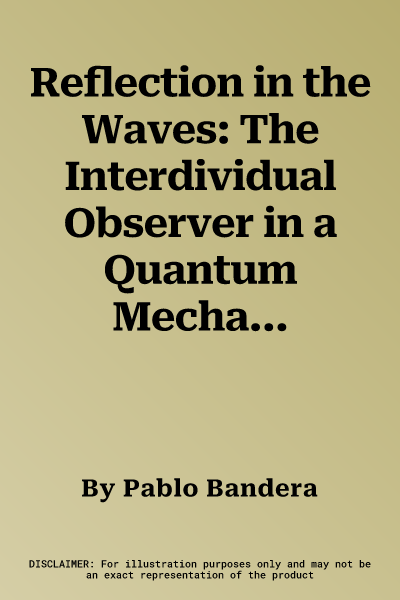The incredible success of quantum theory as a mathematical model makes
it especially frustrating that we cannot agree on a plausible
philosophical or metaphysical description of it. Some philosophers of
science have noticed certain parallels between quantum theory and the
philosophy of Thomas Aquinas, and these parallels are deepened and
strengthened if the "observer" of modern physics is associated with the
"intellect" of scholastic ontology. In this case we are talking about a
human observer. But this type of observer has a unique quality that is
not considered at all by either physics or scholastic philosophy--the
human observer is mimetic and therefore "interdividual." By taking this
fundamental anthropological fact into account, it turns out that the
critical gaps still separating Aquinas from modern physicists can be
effectively closed, reconciling the realism of Aquinas with the
empirical evidence of quantum mechanics. This book explores this new
bridge between the physical and the human--a bridge essentially designed
by scholastic theory, clarified by mimetic theory, and built by quantum
theory--and the path it opens to that metaphysical understanding for
which philosophers of modern science have been striving. It is an
understanding, not merely of the physical but of physics in the fuller
sense of what is real and what is true. Here the reader will find a
physics that describes the natural world and our place as mimetic
observers within it.

